Great assistant
In the Nguyen Dynasty Woodblocks treasury, there are many sets of books that are considered by researchers to be valuable official histories and official documents, demonstrating the legality and authenticity of the information engraved on the Woodblocks. In 2009, UNESCO recognized the Nguyen Dynasty Woodblocks as the first World Documentary Heritage of Vietnam. Currently, the National Archives Center IV is storing 33,976 of these woodblocks.
Nearly 34,000 woodblocks are scientifically stored at National Archives Center IV.
Over a long period of time, under the impact of the environment and objective conditions, many Nguyen Dynasty woodblocks, which were strictly preserved and followed scientific processes, have still been degraded and damaged. Faced with this situation, the National Archives Center IV has proactively coordinated with experts and technology engineers to deploy the application of artificial intelligence (AI) in the work of digitizing and archiving woodblocks.
According to researcher Minh Dao - Hong Chau Cultural Heritage Association (under the Vietnam Cultural Heritage Association), applying artificial intelligence (AI) to the conservation of Nguyen Dynasty woodblocks is not only an inevitable trend, but also reflects innovative thinking in preserving and promoting the value of national cultural heritage.
“AI is gradually asserting its role as a “powerful assistant” in the field of heritage conservation, as it can be applied in many effective ways. From supporting the digitization of artifacts and ancient documents using 3D scanning technology, to the ability to restore damaged architectural works, recreating cultural values that are at risk of being lost,” said Mr. Dao.
According to researcher Minh Dao, AI also allows for the processing and analysis of data from ancient texts – an effective tool for translation, restoring lost content, and even contributing to reviving forgotten cultural fragments. Integrating modern technology into the field of conservation is a testament to the effort to approach heritage in a creative way, both protecting original values and expanding opportunities for public interaction in the digital age.
Not only playing an important role in storage and preservation, AI also supports the dissemination of cultural heritage to the public through virtual reality applications, augmented reality and tour guide chatbots, helping visitors have vivid interactive experiences with heritage.
AI needs to be controlled
Recent practice shows that, through online platforms, AI has contributed to introducing Vietnamese culture to international friends in a lively, attractive and highly creative way.
One example is the project using 3D simulation technology to recreate the Imperial Citadel of Thang Long, a UNESCO-recognized world heritage site. Historical images, old maps, and archaeological data are analyzed and reconstructed by AI to create a digital version. Through this, visitors can experience the heritage through virtual reality (VR) tours or view detailed 3D models of ancient architecture and space…
Or at the Hanoi Museum, in the exhibition “Decoding the mystery of Kinh Thien Palace Architecture”, the public can admire for the first time a 3D image of the architectural form of Kinh Thien Palace. That form is reconstructed using technology based on reliable archaeological sources, especially the results of comparative research with ancient palace architecture in East Asia.
Digital media campaigns, cultural exchange events, virtual exhibitions or international conferences applying AI technology not only attract a lot of attention from the global community, but also create a strong ripple effect for the value of Vietnamese heritage. Thanks to modern technology, cultural beauties that were once limited by space and time have now transcended geographical boundaries, reaching international audiences in a visual, vivid and inspiring way.
However, according to cultural experts, AI still faces many challenges in spreading the value of cultural heritage. One of the biggest obstacles is the problem of data. Many heritage documents have not been fully digitized or lack information, making it difficult for AI to analyze and reproduce.
Thousands of Nguyen Dynasty woodblocks at the center have now been applied AI technology to store and introduce to the people.
In addition, the accuracy in interpreting and conveying cultural content is also a challenge, as AI can make mistakes in understanding the context or distort the original meaning. In addition, copyright and ethical issues in using AI are also worth noting.
Because of the great potential that AI brings, researcher Minh Dao emphasized: there needs to be a systematic investment strategy in building a digital data warehouse on cultural heritage, with high requirements for accuracy, completeness and system. According to him, close coordination between cultural experts, historical researchers and technology engineers is a key factor in developing AI models that can access the true nature and faithfully convey the spirit and value of heritage.
Dr. Pham Quoc Quan - Member of the National Cultural Heritage Council, said that applying technology in preserving and disseminating heritage values is an inevitable trend. However, to effectively apply technology to display, the most important thing is still research. Relics and antiquities - which are components of tangible cultural heritage - need to be thoroughly studied to tell their stories accurately and deeply.
daidoanket.vn
Source: https://baolaocai.vn/khi-ai-cung-bao-ton-di-san-post650287.html


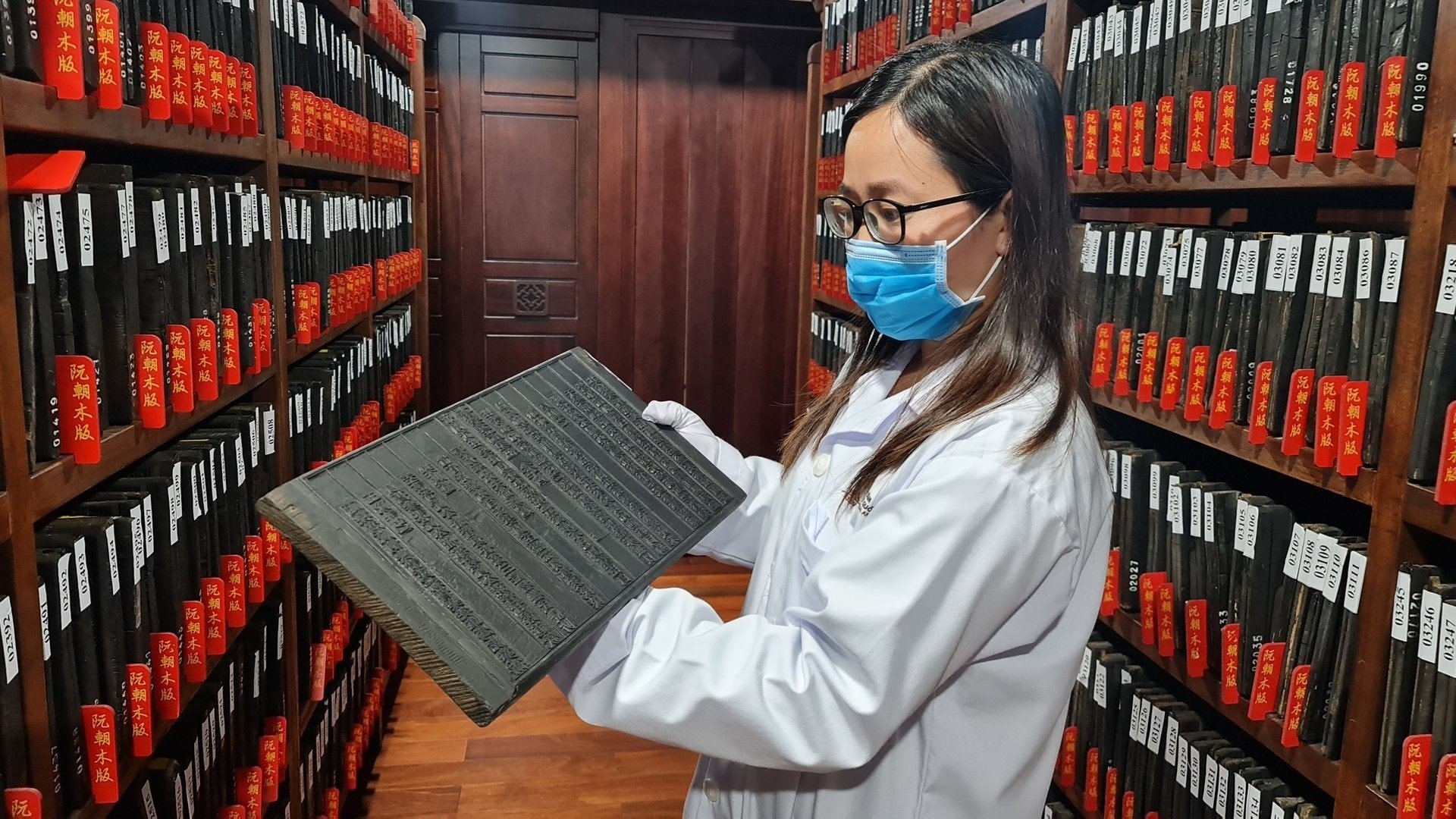
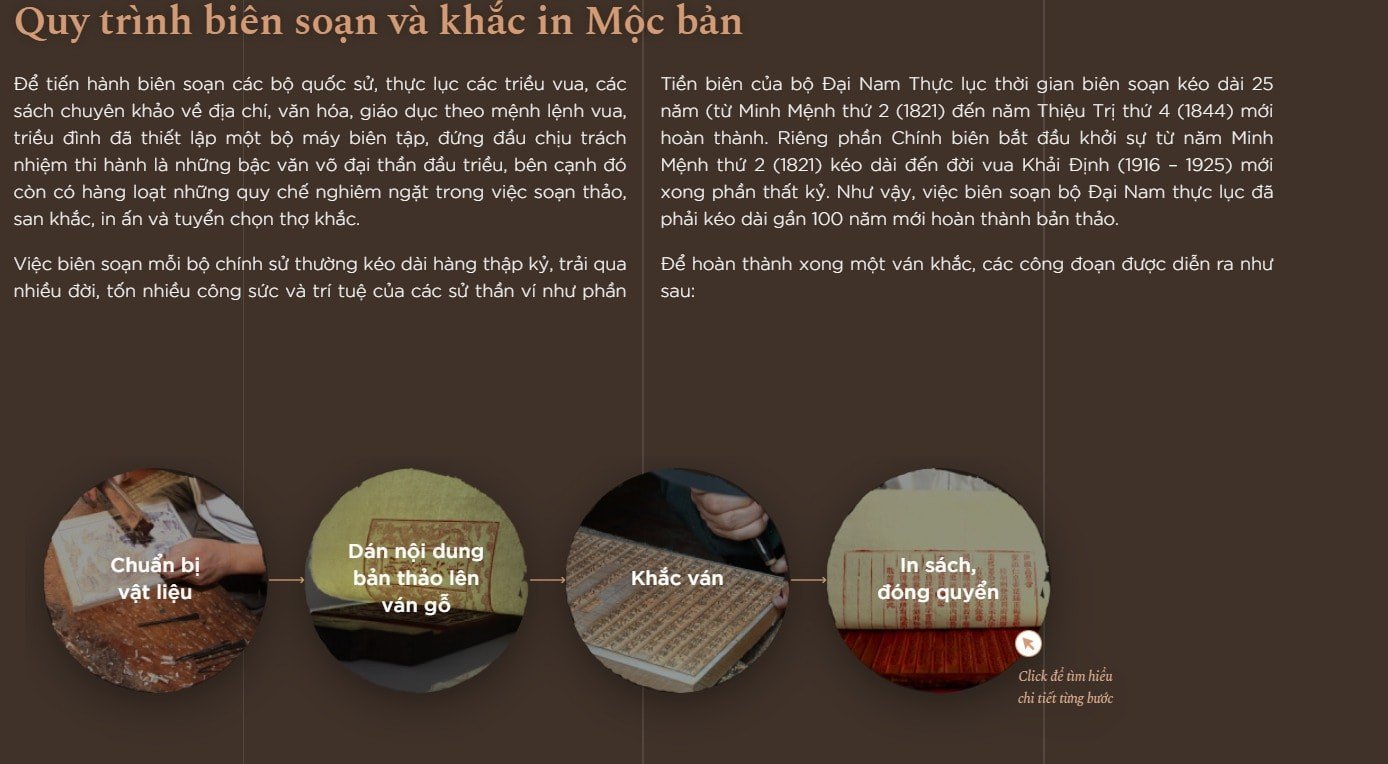


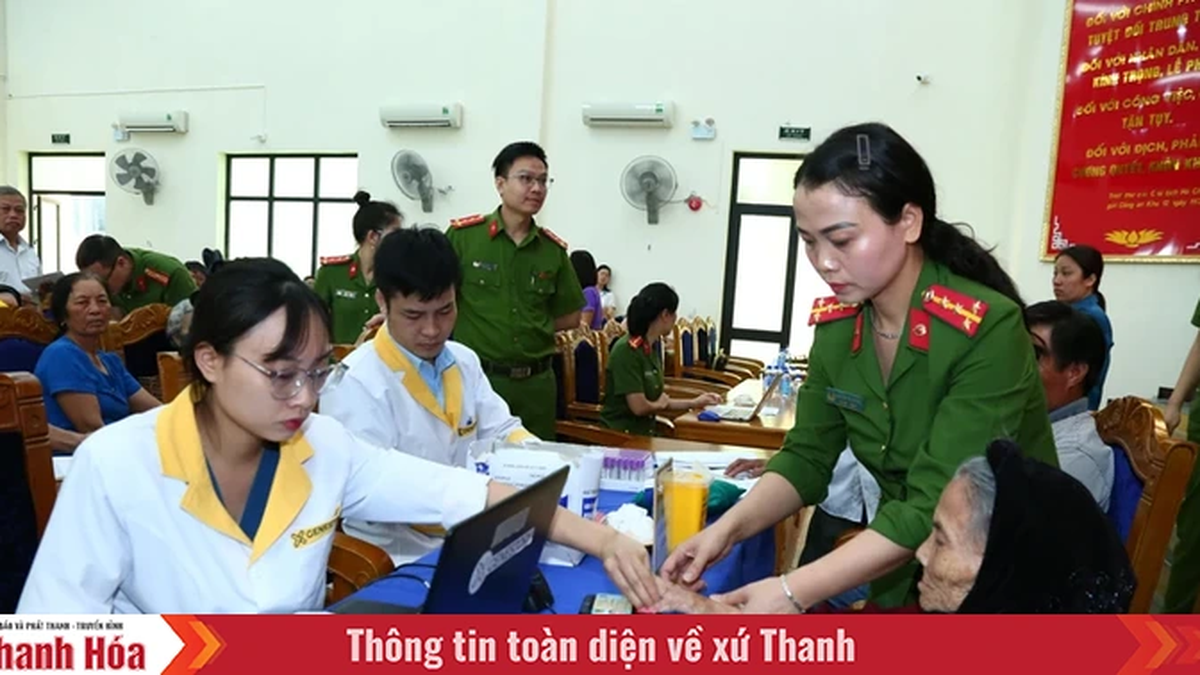
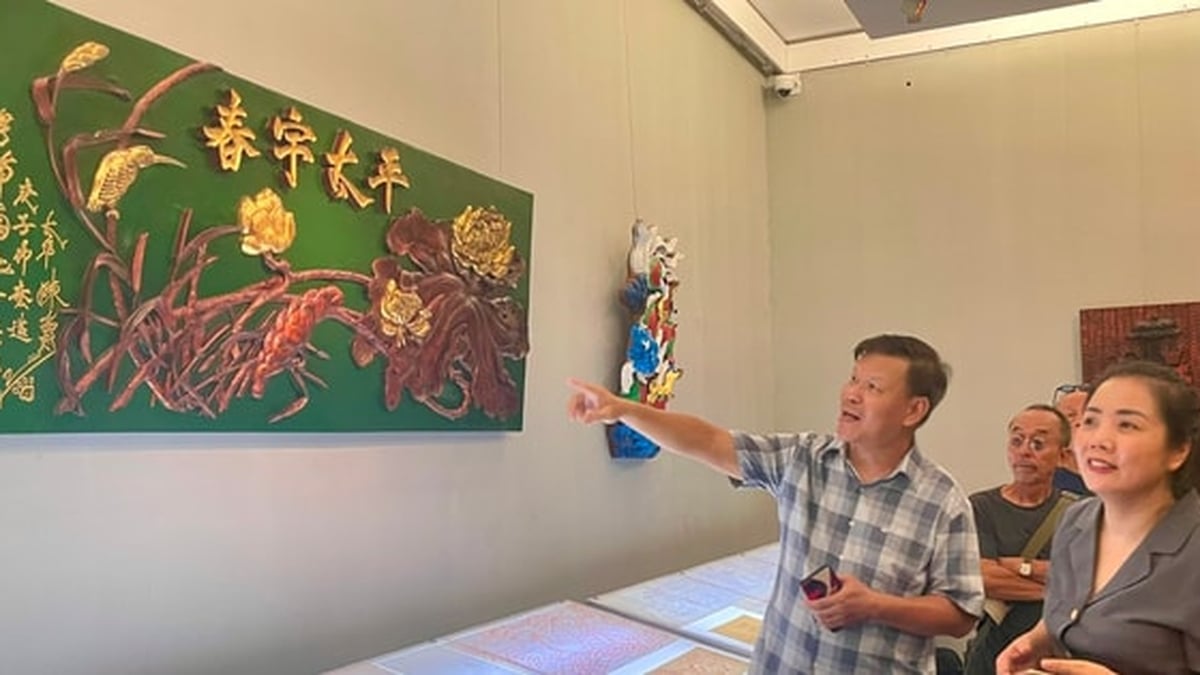
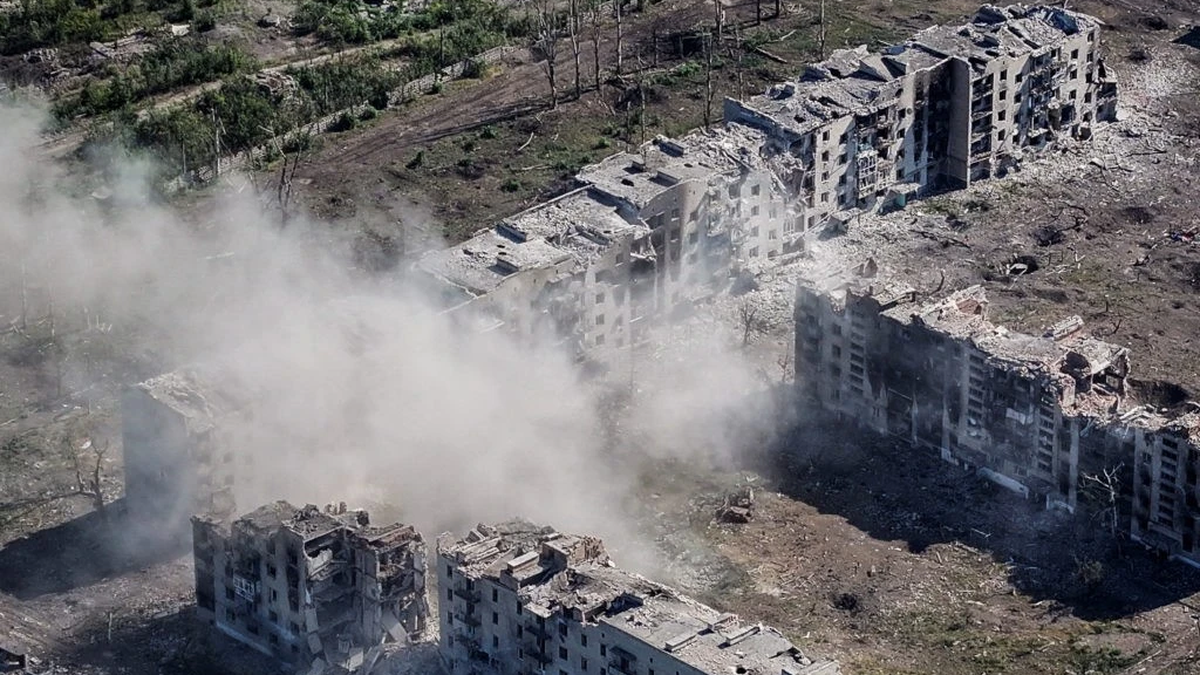
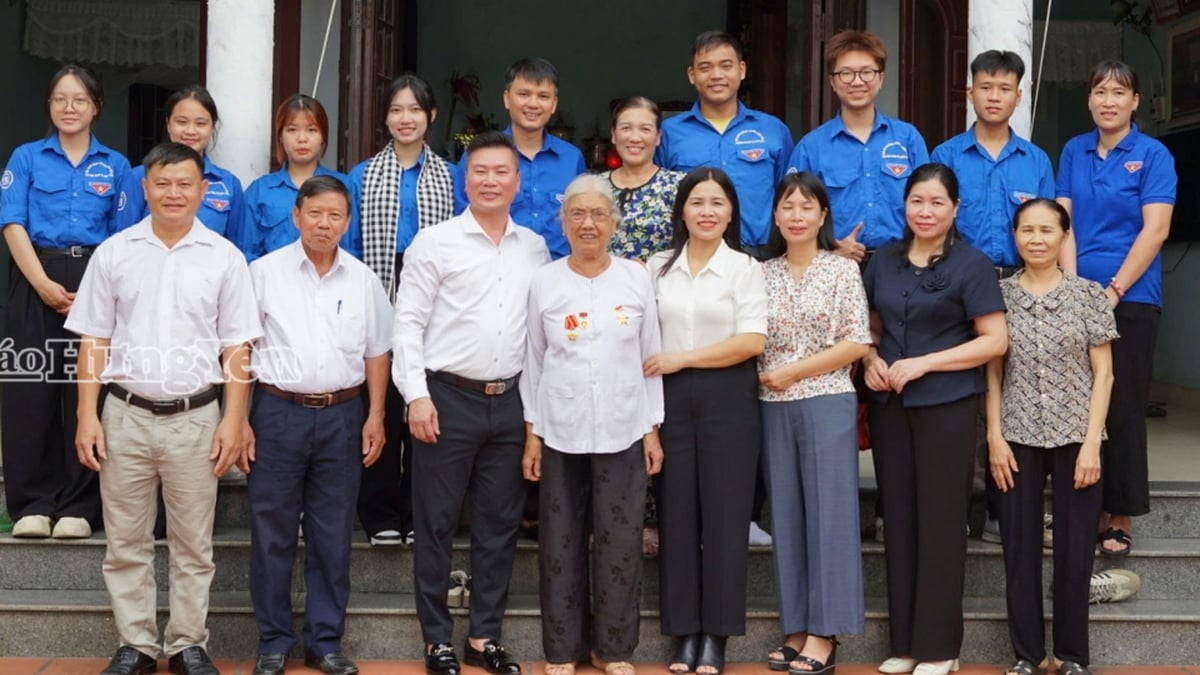

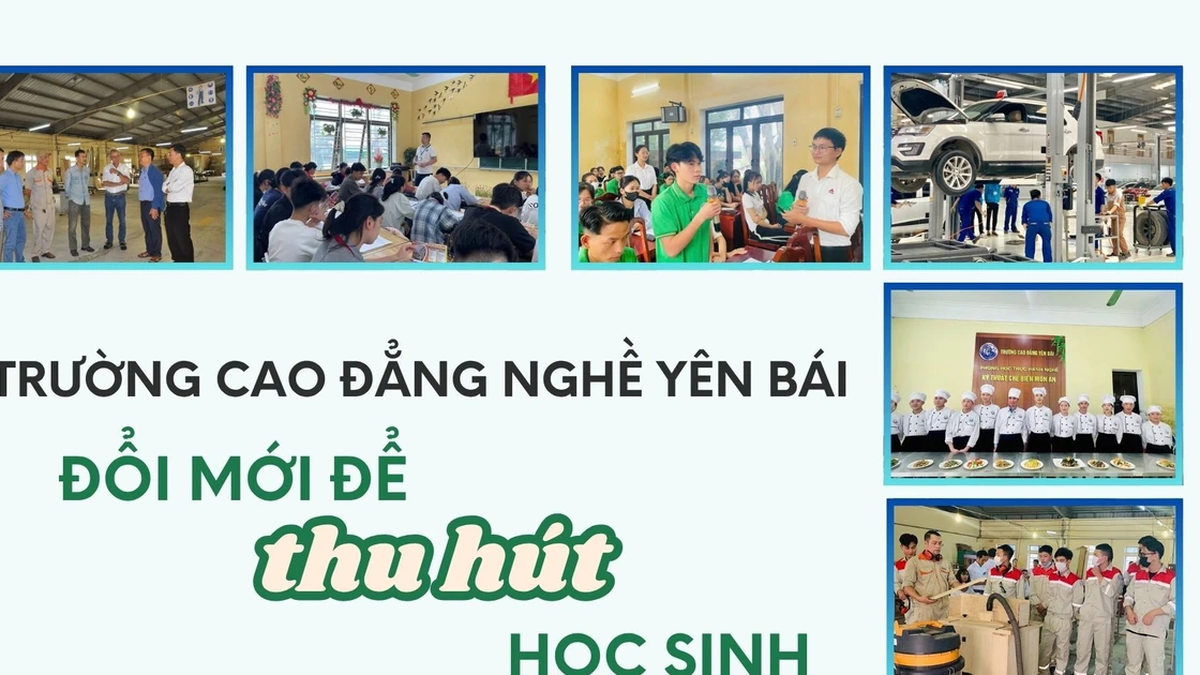

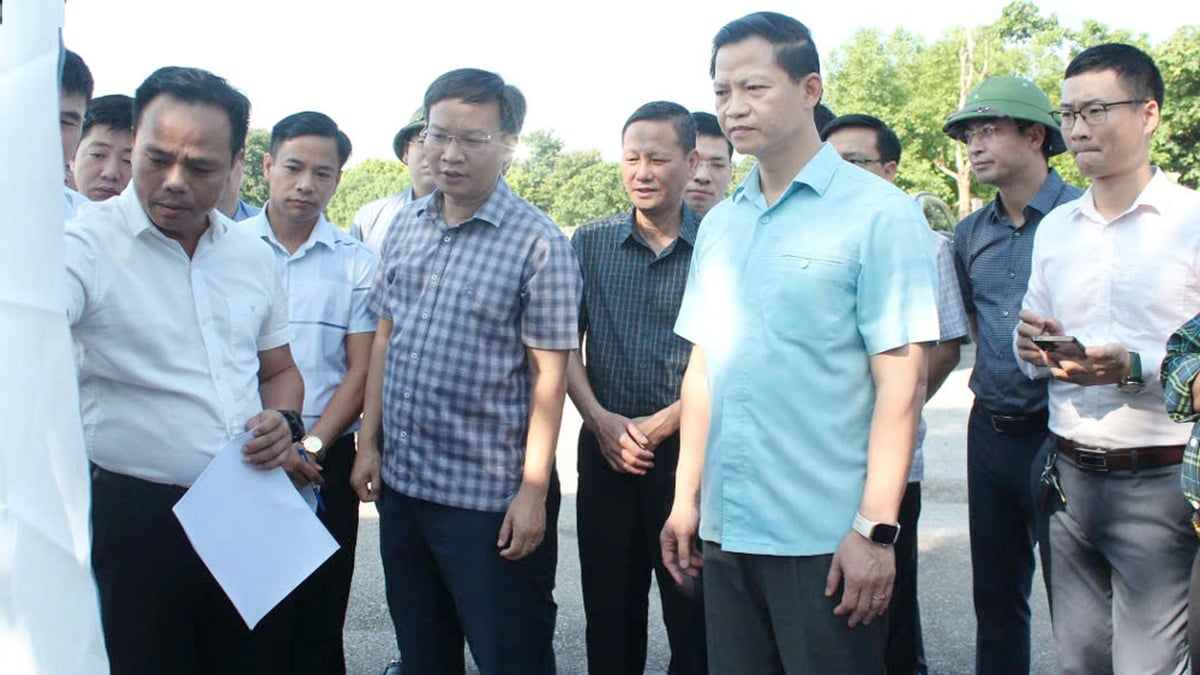





















































































Comment (0)